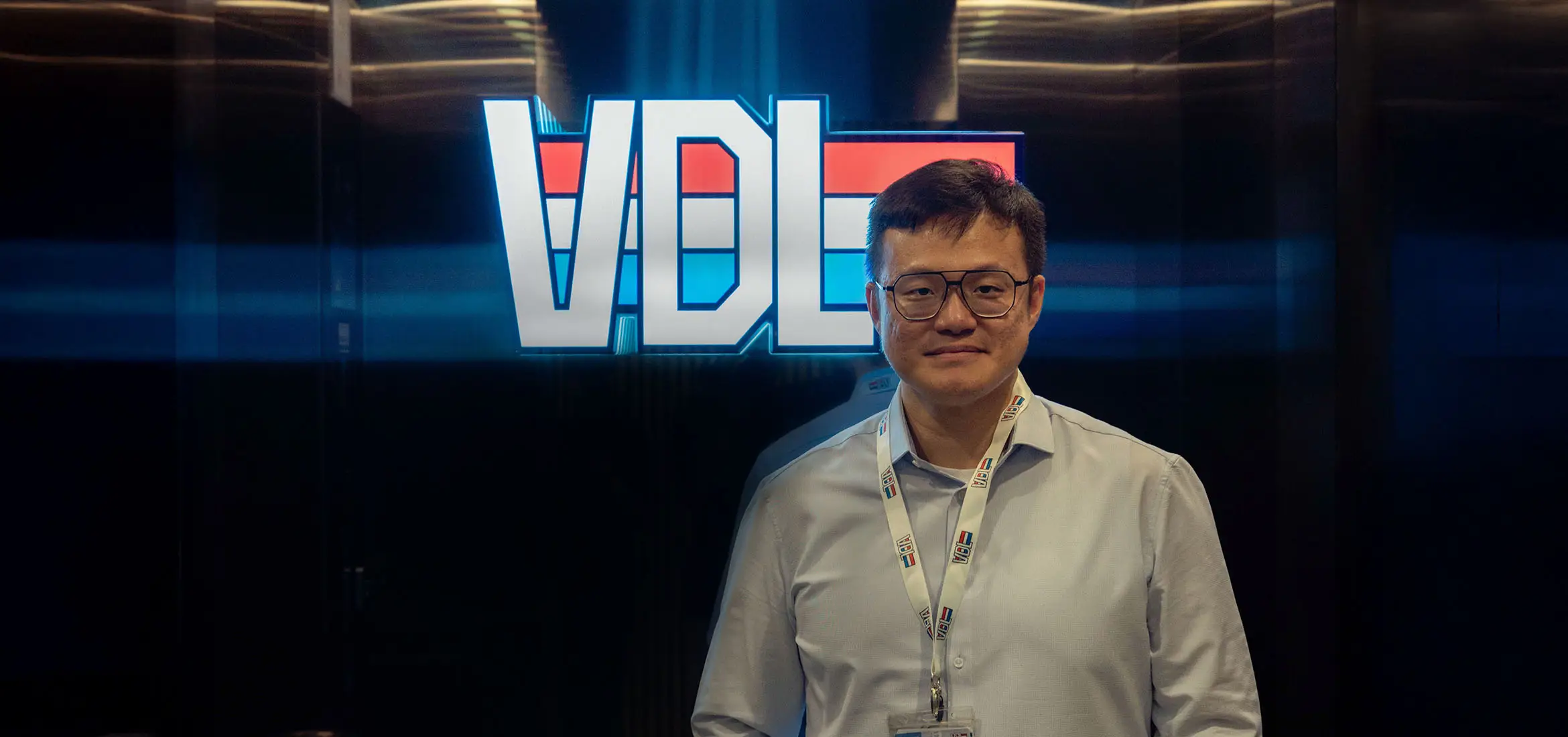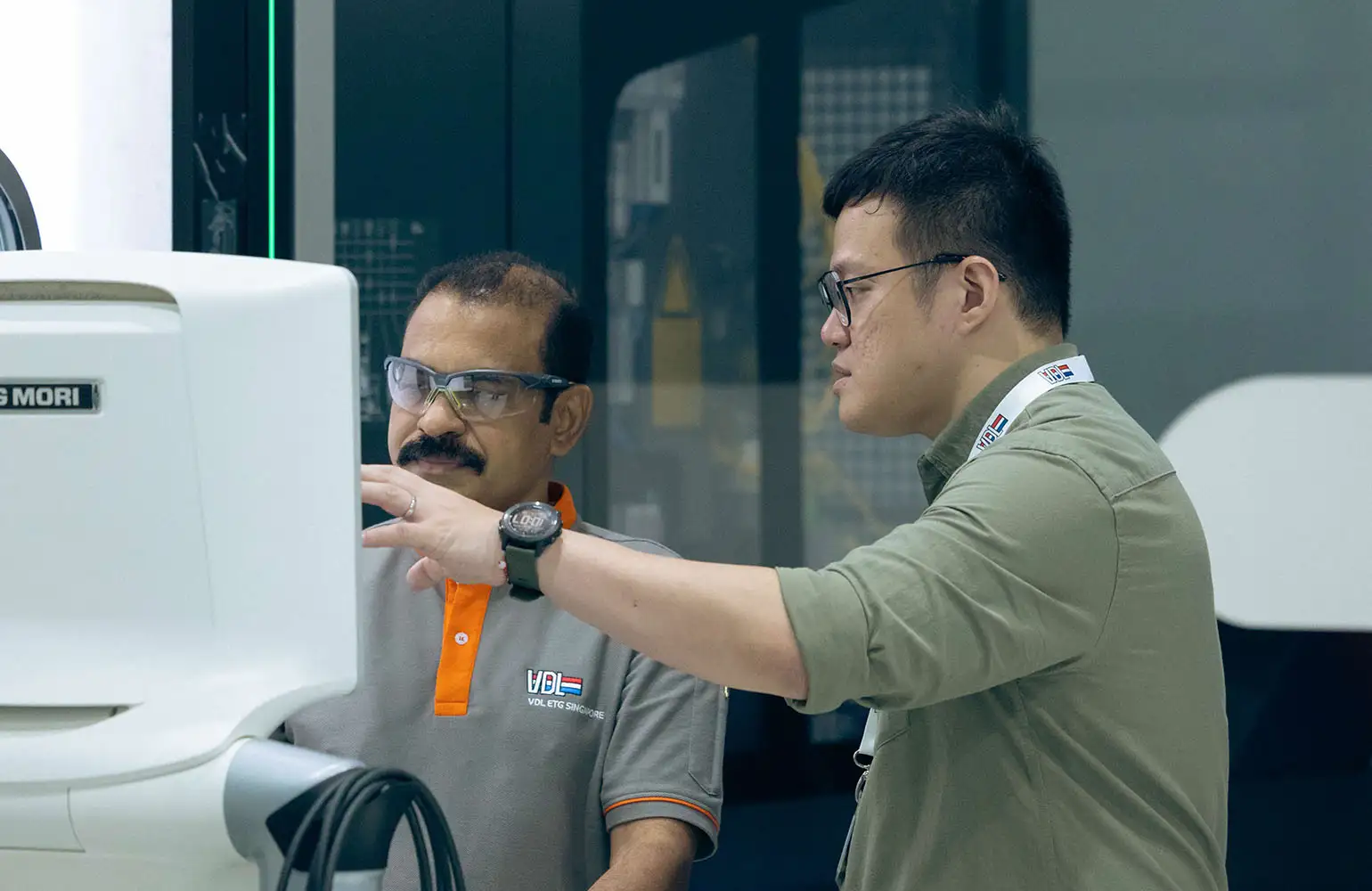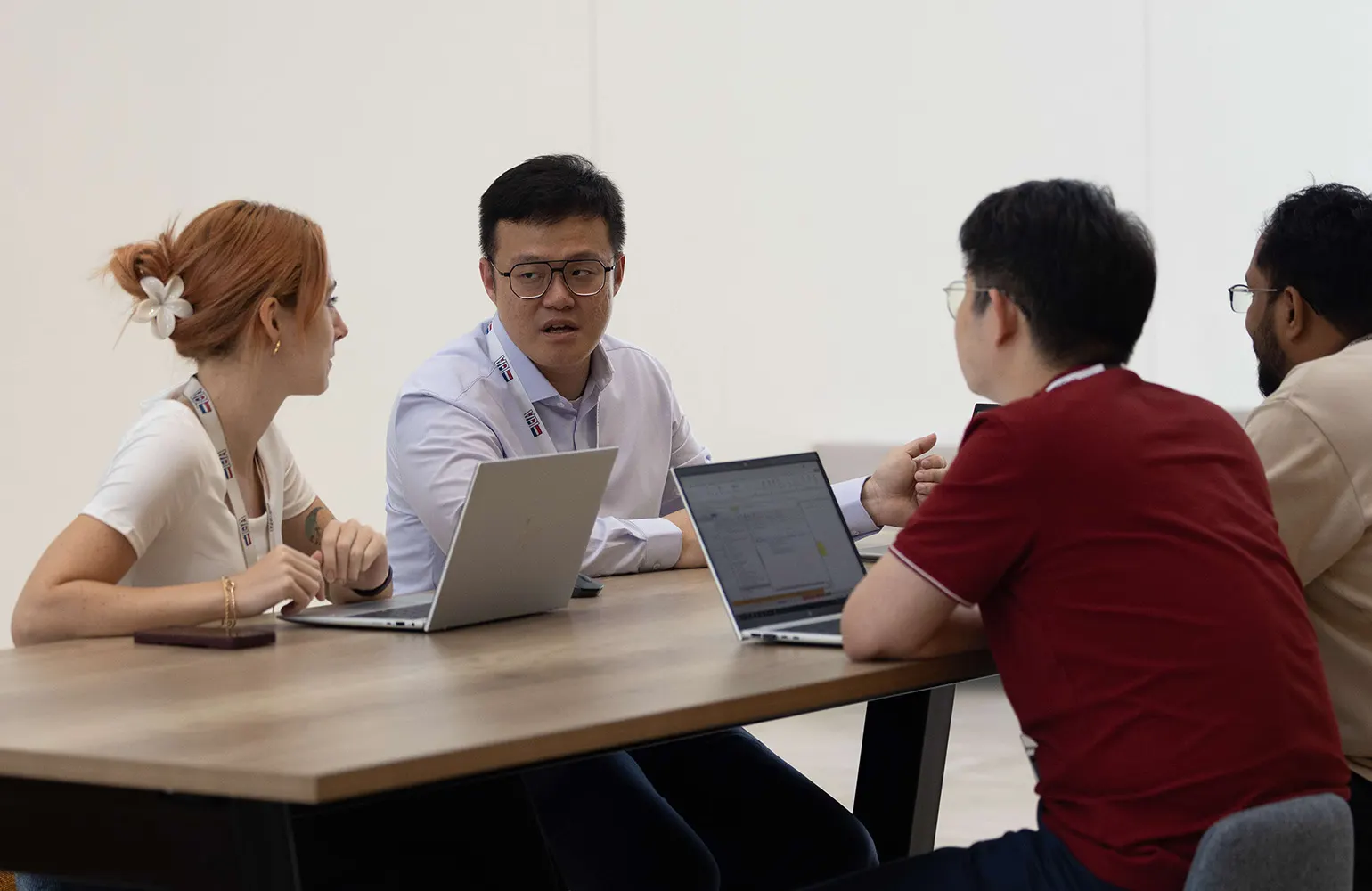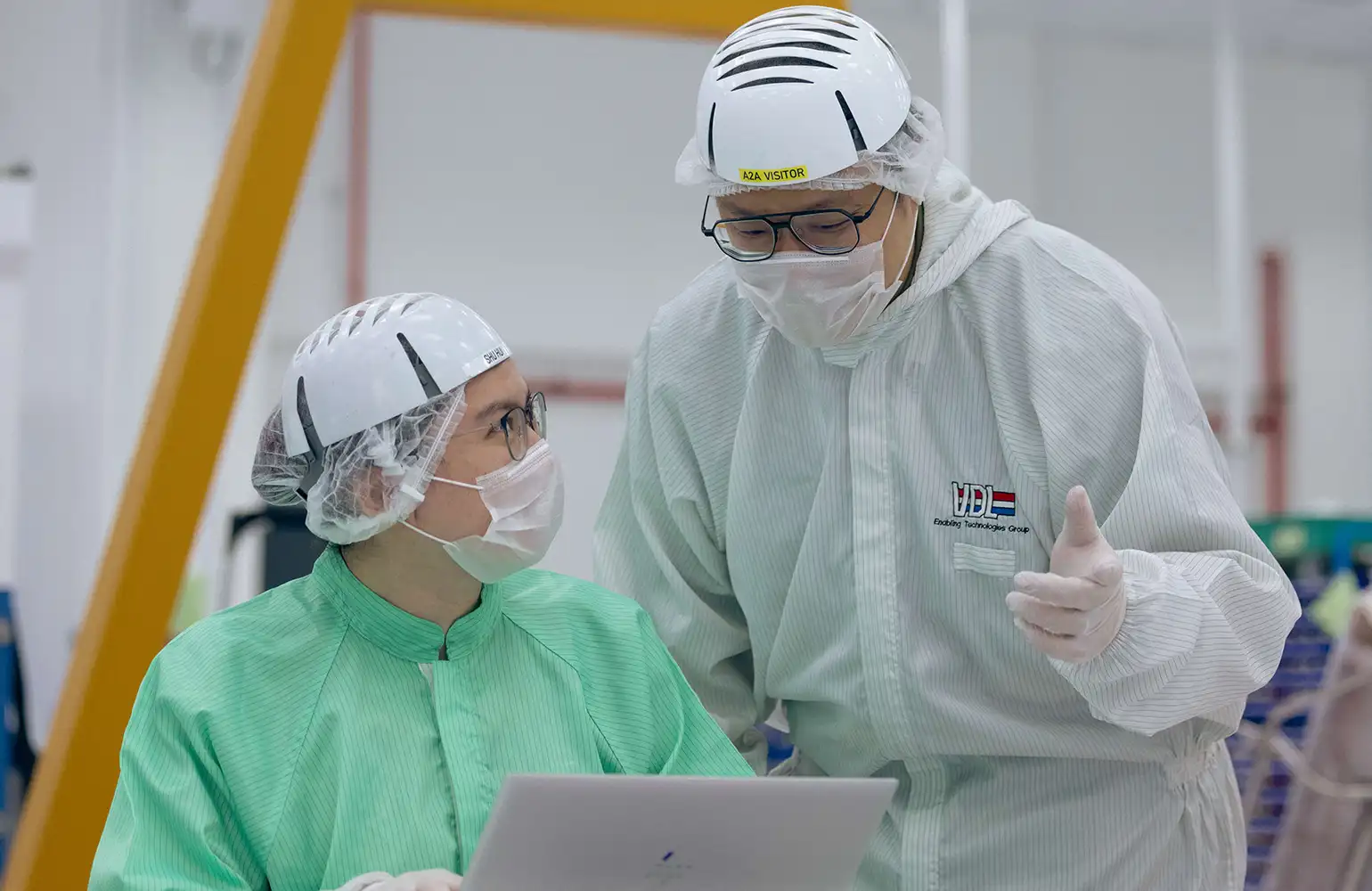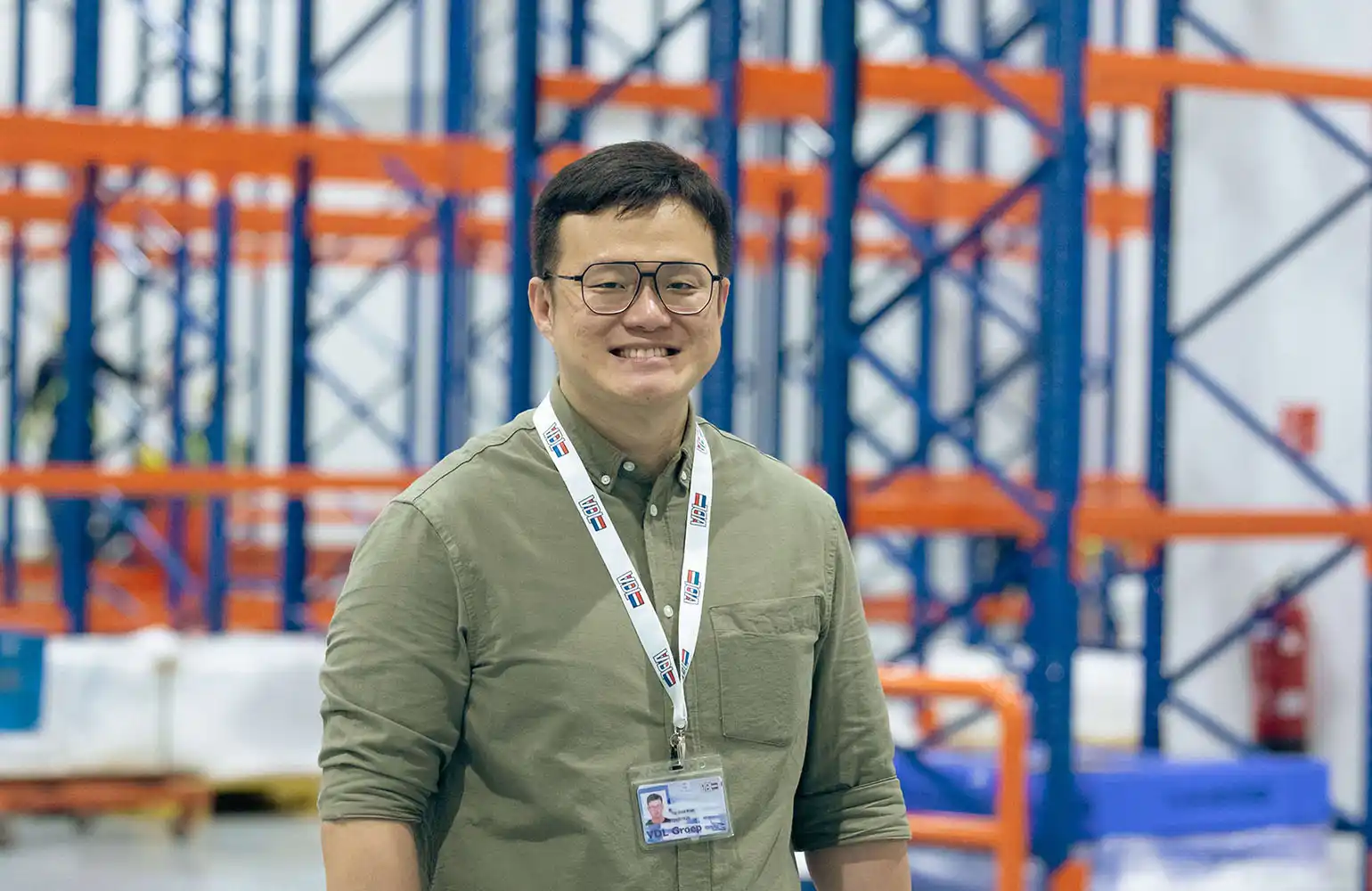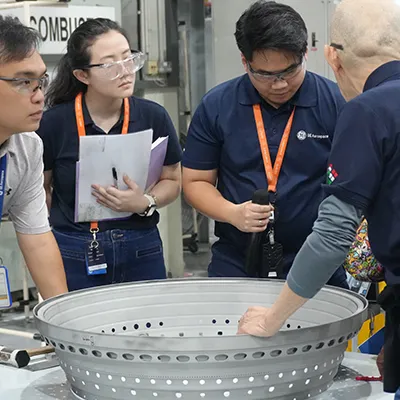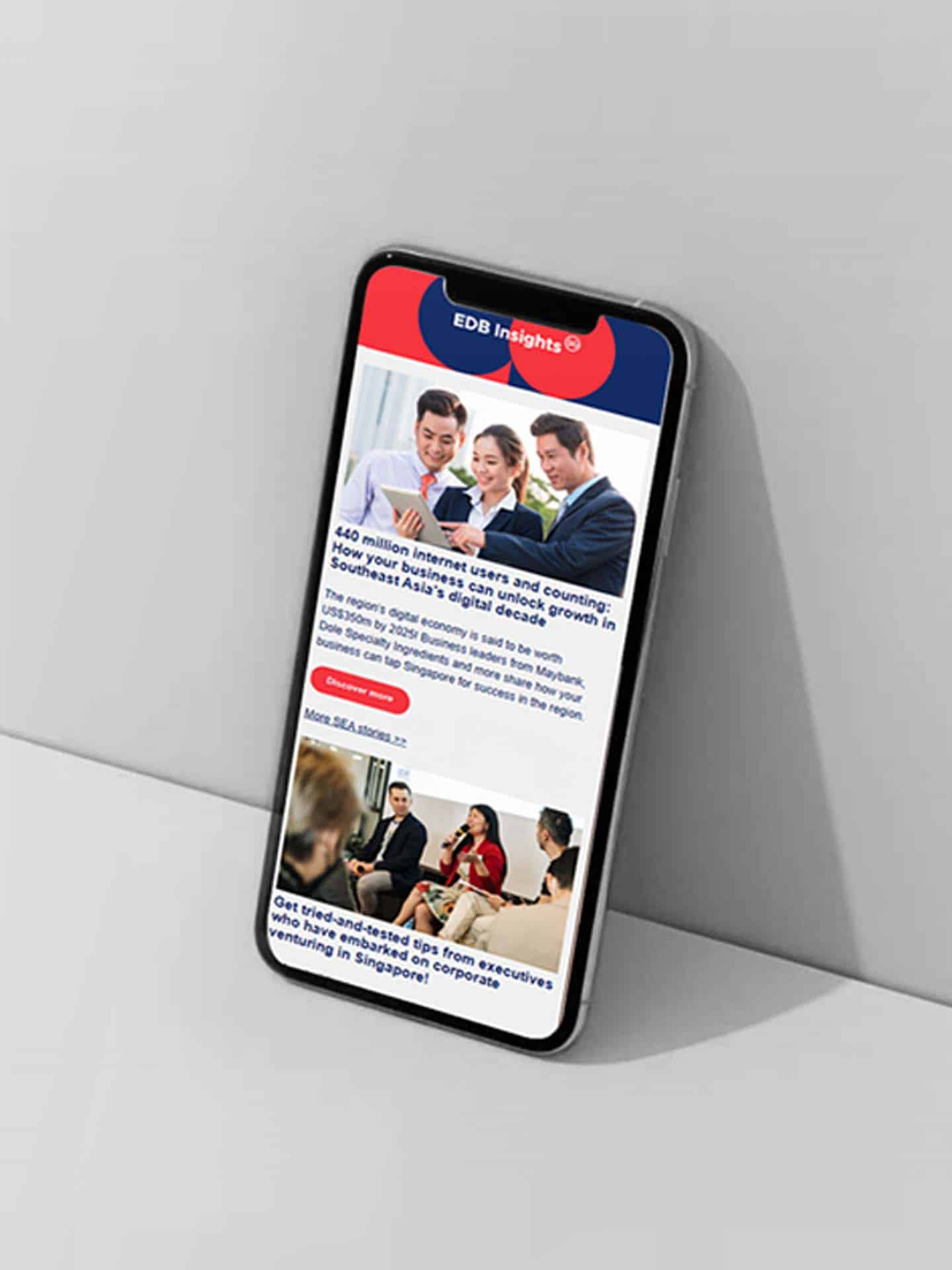Ng Wee Kiat is a Project Manager at Dutch high-tech manufacturer VDL Enabling Technologies Group (ETG), which is one of Singapore’s key contract manufacturers supplying semiconductor players like Applied Materials, KLA and ASM. VDL ETG has been here for 55 years and recently invested S$100 million in a state-of-the-art facility in Singapore. Anchored by a highly-skilled team of 800 employees and a strong ecosystem of local suppliers, this facility is the largest in Asia and the third largest in operation globally by revenue.
1. Tell us about what you do at VDL ETG.
At VDL ETG, we specialise in product design and high-tech manufacturing and are one of the key contract manufacturers supplying equipment to global semiconductor players. As a Project Manager, my key focus is on new product development. I collaborate with our customers – from both Singapore and overseas – to bring their products and solutions to life. There’s no one-size-fits-all solution and each piece of equipment we manufacture is customised to the client’s needs.
In my day-to-day work, I liaise and communicate with a range of stakeholders, including internal departments, external suppliers and overseas clients. When a customer comes to VDL ETG, I will first speak with them to understand their requirements and align on project expectations. I then translate their needs to our engineering, sourcing and production teams and help oversee the manufacturing process, so we can deliver solutions to our clients on time.
